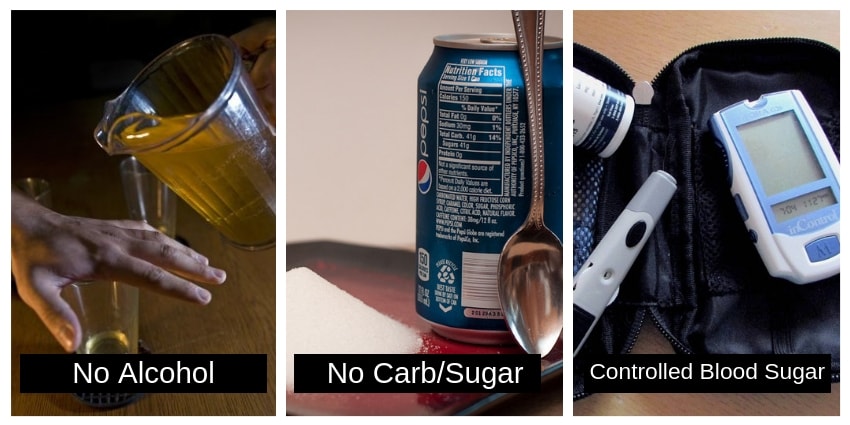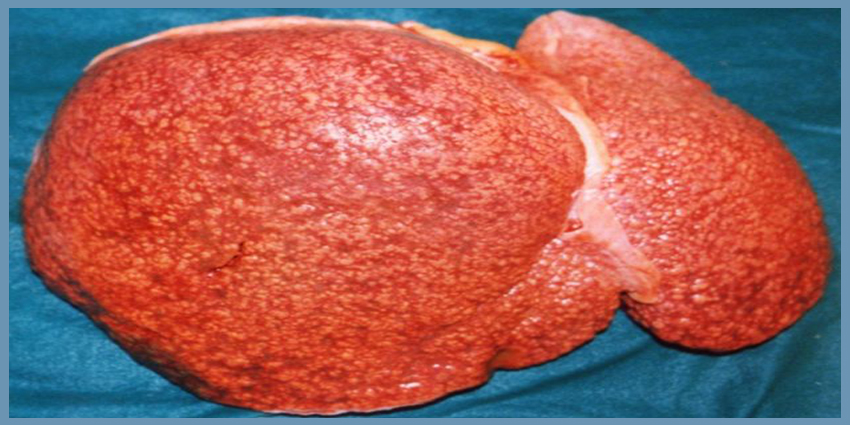What is Fatty Liver
When fat accumulates in the liver higher than usual, it is called fatty liver. When the percentage of fat in the liver crosses a threshold of 5-10% of the weight of the liver, then fatty liver is said to be present.
Types of Fatty Liver Disease
Basically there are two types of fatty liver disease. One is Non-alcoholic Fatty Liver Disease, referred as NAFLD and the other Alcoholic Fatty Liver Disease.
General Symptoms of Fatty Liver Disease
Usually fatty liver disease is asymptomatic.
General fatigue
A feeling of uneasiness or discomfort more so in the abdomen
Feeling weak physically
If the excess fat has started affecting your liver, it might be inflamed. When the liver is inflamed, then the following symptoms might occur
Not feeling hungry or loss of appetite
Weight loss

Causes of Fatty Liver Disease
As the name implies, NAFLD is not caused by alcohol while the alcoholic type is caused by excess intake of alcohol. There are other factors that can cause a fatty liver disease in general.
Normal aging
Hormones – Hyperinsulinemia and female hormones
Being obese
Having co-morbid conditions due to obesity like diabetes, high blood pressure, etc.
Hyperlipidemia (higher than permissible fat level in the blood)
Sometimes genetics
Side effects of certain medications.

Factors that can Aggravate Fatty Liver Disease
Taking up alcohol or drinking alcohol in excess can aggravate the fatty liver disease. If the inflammation breaches a threshold then the liver might not be able to heal itself and can begin to get permanently damaged. This condition is called Liver Cirrhosis.
High cholesterol and high triglyceride level in the blood

Diagnosis of Fatty Liver Disease
An experienced physician or a GI surgeon can most probably detect a fatty liver by physical examination. The patient should tell the physician or the GI surgeon if he consumes alcohol regularly. The patient should also talk about lifestyle, taking medications if any, etc.
Blood tests can throw some hint if there are high cholesterol and high triglyceride in your blood.
An ultrasound or a fibroscan can give a clear picture if there is fatty liver. All excess fat in the liver is indicated by white images in the ultrasound picture. Imaging can only detect the presence of fat in the liver. But any damage to the liver cannot be ascertained in any kind of imaging studies. Fibroscan is the gold standard methodology to assess fatty liver disease.
Fibroscan Grading – Grading and treatment type
Biopsy of the liver tissue can perfectly throw a light on the extent of damage the liver has undergone.

Treatment for Fatty Liver Disease
A normal fatty liver dieases if not complicated can heal by itself. The excess fat in the liver can vanish if there are lifestyle changes.
Severely limiting or abstaining from alcohol
Severely cutting down on sugar and carb in your diet
Controlling blood sugar levels
However it needs to be noted that any damage to the liver due to high inflammation cannot be undone by any medication.

Complications of Fatty Liver Disease
As said the main complication of fatty liver dieases is the inflammation beginning to damage the liver permenantly. This may lead to liver cirrhosis.
If the liver cirrhosis progresses or is not treated, it may lead to liver failure. Failure of liver cannot be treated and results in death.

